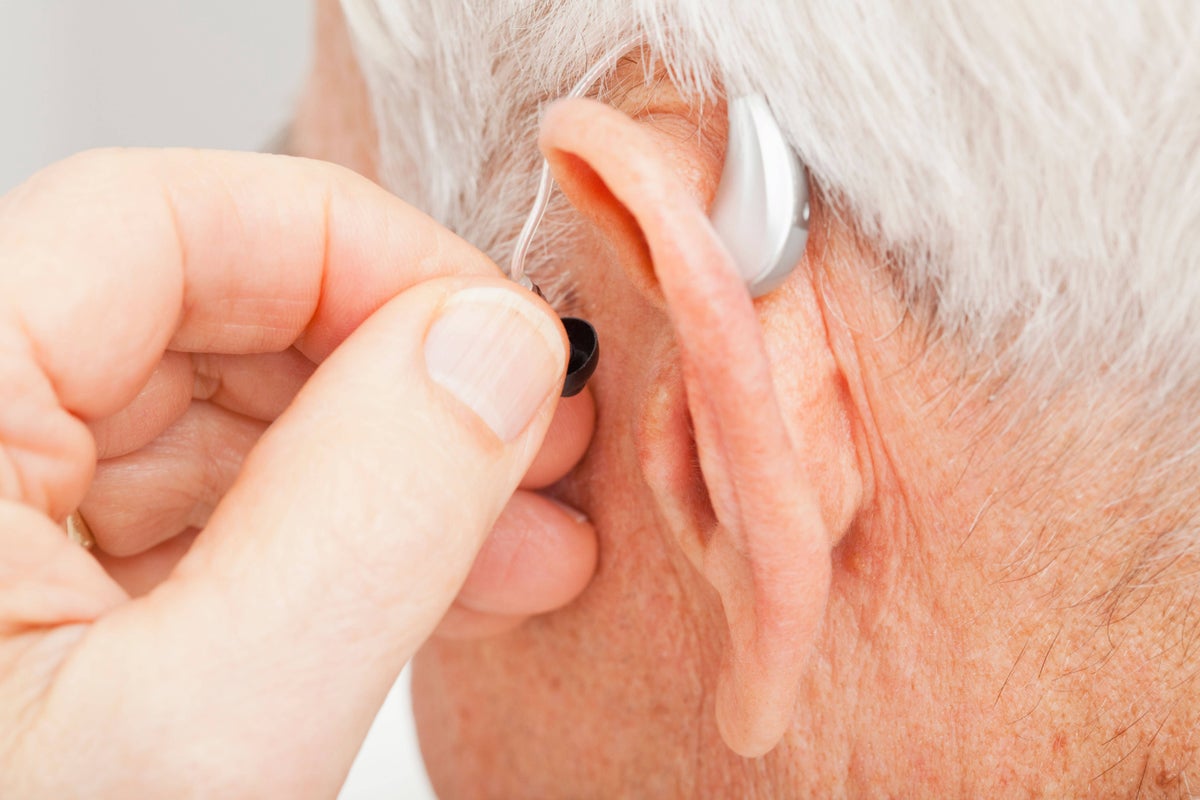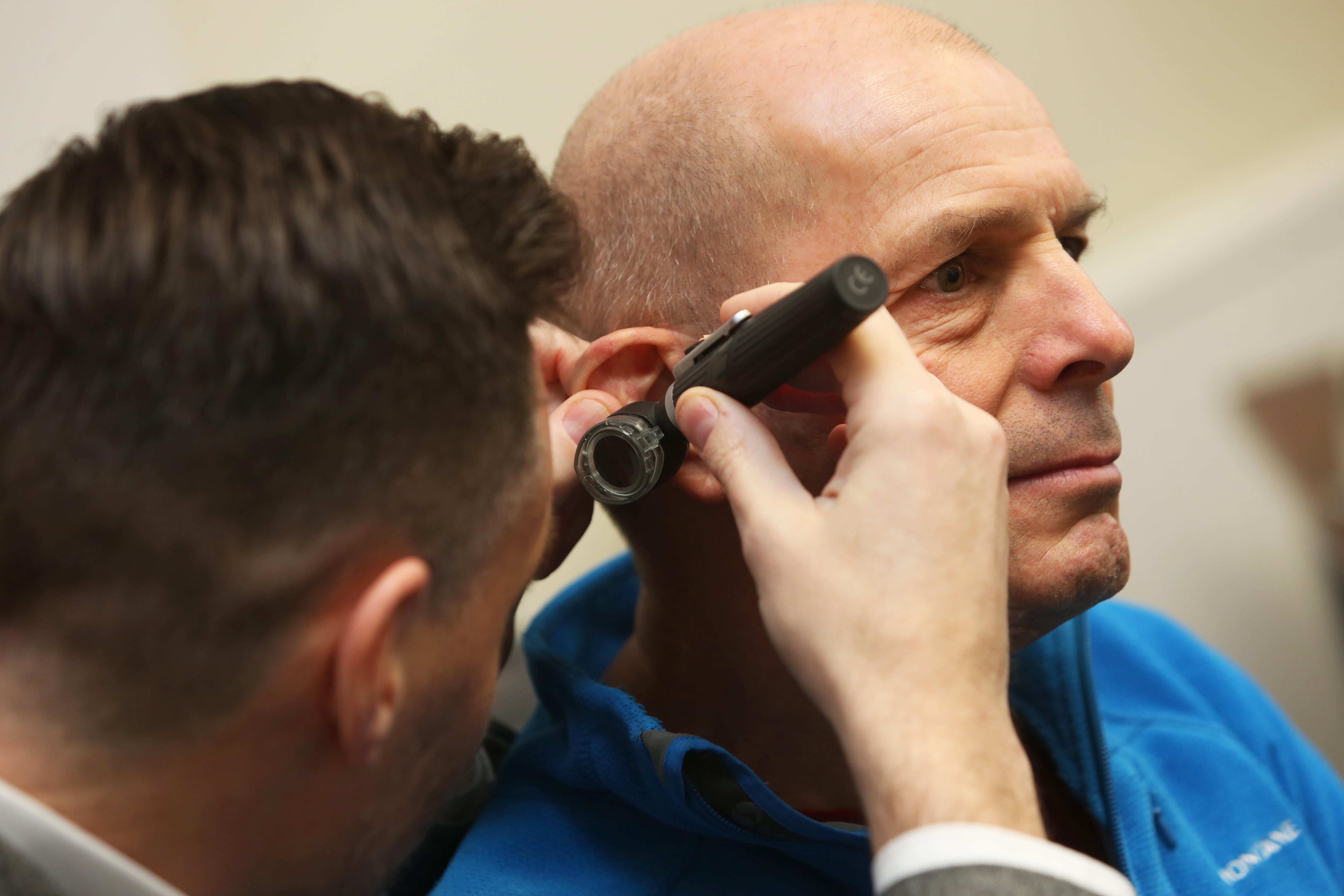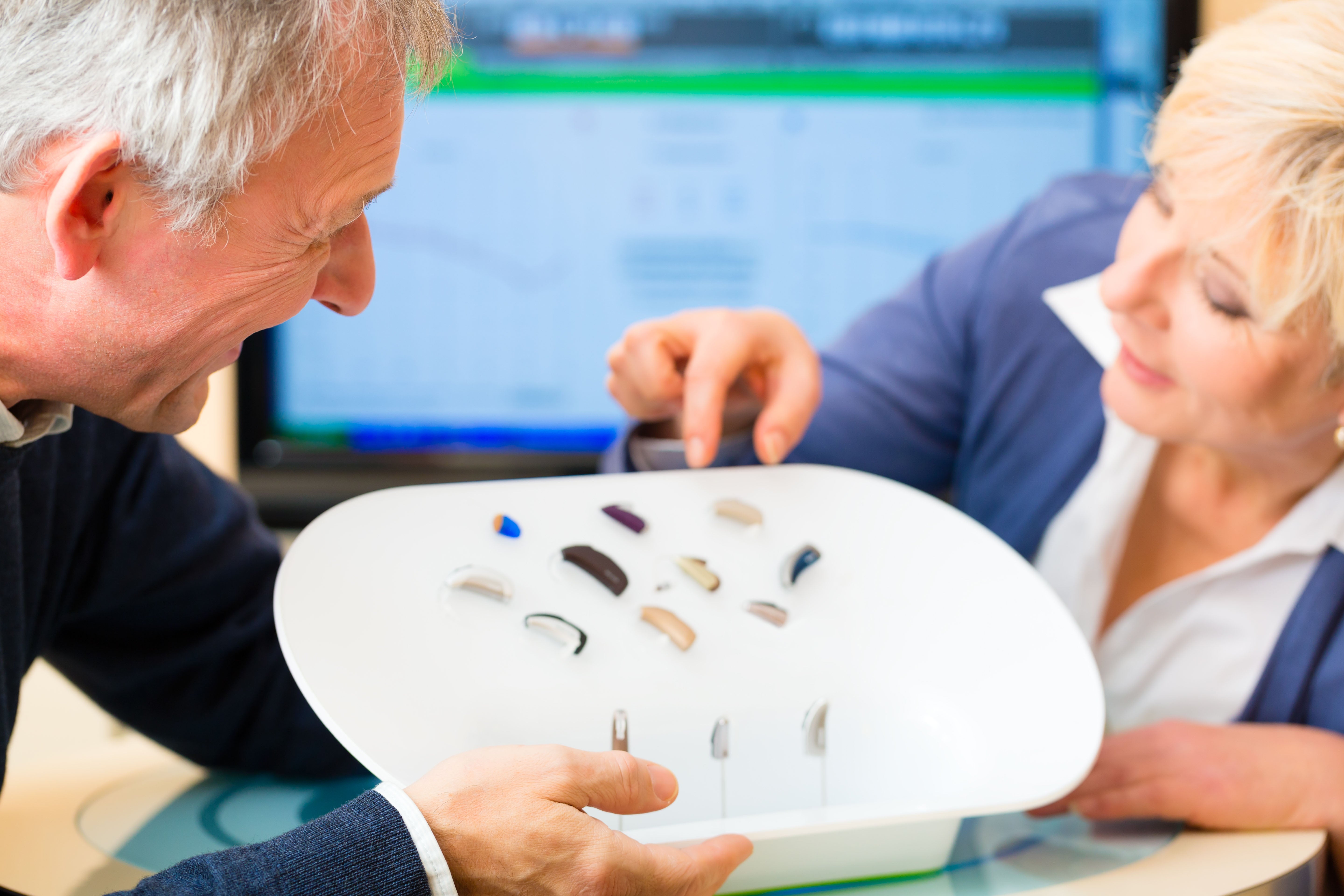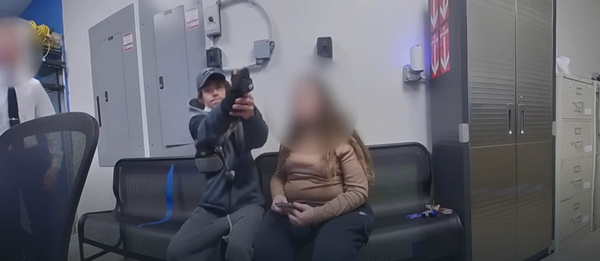
Hearing loss often develops gradually, making it easy to overlook. You might not notice it until you’re regularly asking your partner to turn up the TV or repeat themselves for the fifth time in a week.
While it’s tempting to dismiss these moments, if they’re starting to interfere with your daily life, it could be time to consider a hearing test.
Despite the stigma that still surrounds hearing aids, they have the potential to significantly improve your quality of life. To help you better understand the signs of hearing loss, the hearing evaluation process, and the various types of hearing aids available, we consulted Beverley Carter, registered hearing aid dispenser at The Hearing Shop.
If you’re beginning to think hearing aids might be right for you, here’s everything you need to know…
What are the most common signs that someone might need hearing aids?
“The signs often sneak up on you gradually. You might find yourself asking “what?” more often, or notice that conversations in restaurants have become genuinely exhausting rather than enjoyable,” says Carter. “Many people first notice they’re turning the TV up louder than their family appreciates, or that they’re struggling to follow conversations when there’s background noise – something that used to be effortless.
“Other telltale signs include missing the phone ringing or the doorbell, feeling like people are mumbling more than they used to, or finding group conversations increasingly difficult to follow.”
At what point should someone consider getting their hearing checked?
“If family members are commenting on your hearing, if you’re struggling to follow conversations in groups or noisy environments, or if you find yourself avoiding situations because of hearing difficulties, it’s time for an evaluation,” says Carter. “Don’t wait until the problem becomes severe. Early intervention typically leads to better outcomes and easier adjustment to hearing aids if they’re needed.”

What happens during a hearing evaluation?
“The audiologist will start with your medical history and discuss what you’ve noticed about your hearing. Then comes the testing, you’ll sit in a soundproof booth wearing headphones while different tones and sounds are played at various volumes and frequencies,” says Carter.
Hearing evaluations also often involve speech testing.
“You’ll repeat words at different volume levels, and tests to check how well your eardrums and inner ear are functioning,” explains Carter. “The whole process typically takes about an hour, and you’ll get your results immediately.”
What’s the threshold that usually indicates hearing aids are recommended?

“Most audiologists consider hearing aids when your hearing loss reaches about 25-30 decibels in the frequencies important for speech understanding – but it’s not just about the numbers on the test,” notes Carter. “Someone with a 25-decibel loss who’s struggling at work might benefit enormously from hearing aids, while someone with a 40-decibel loss who’s retired and lives a quiet lifestyle might choose to wait.
“The decision should be based on how hearing loss is affecting your quality of life, not just test results. If you’re missing important conversations, feeling isolated, or finding that hearing difficulties are impacting your relationships or work, hearing aids might be beneficial even if your hearing loss is technically mild.”
What are some of the biggest misconceptions about hearing aids?
A common misconception is that hearing aids will restore perfect hearing.
“They won’t – they’re aids, not cures,” clarifies Carter. “However, modern hearing aids can provide such natural, clear sound that many people forget they’re wearing them. There’s also the belief that you should wait until hearing loss is severe, but actually, the brain adapts more easily to hearing aids when hearing loss is addressed earlier rather than later.”
What are the different types of hearing aids and how do you choose the right one?

There are several different types of hearing aid styles available, so it’s important to find one that is right for you.
“Behind-the-ear (BTE) models are the most powerful and easiest to handle, making them good for people with more significant hearing loss or dexterity issues,” explains Carter. “Receiver-in-canal (RIC) aids offer a nice balance of performance and discretion – they’re what most people choose these days.
“In-the-ear styles sit in your ear bowl and can be quite discreet, while completely-in-canal aids are nearly invisible but may not be suitable for all types of hearing loss.”
The choice depends on your degree of hearing loss, lifestyle needs, dexterity, and personal preferences, she explains.
“A good audiologist will help you weigh these factors and choose aids that actually work for your real-world situations, not that just look good in the brochure,” says Carter. “The key is finding hearing aids that match both your hearing needs and your lifestyle – there’s no point having the most advanced technology if it doesn’t help you in the situations that matter most to you.”







